NYC’s Forgotten ‘War on Christmas Trees’
Discover how an obscure holiday crackdown affects festive street vendors today!


One of the great advantages of living in the post-industrial cities of North West England is how easy it is to get out of town. I’m not being disparaging of Liverpool, Manchester, Salford or Chester, rather stressing the fact that these cities are well connected and less congested than our capital. After all however much we love urban life, every so often the sounds, sights and smells of the seaside can help keep the complexities of life in perspective. The beauty of British seaside towns is that they all resonate at the same frequency, so you feel like you are being reminded of places you’ve been as a child even if you’ve never visited before. This nostalgia is key as it would seem most coastal towns in Britain have seen their hey days come and go and are now struggling to make sense of their place in our lives. However there are real signs of reinvention, and after all, the scenery remains spectacular – that graphic line the horizon separating sea from sky.
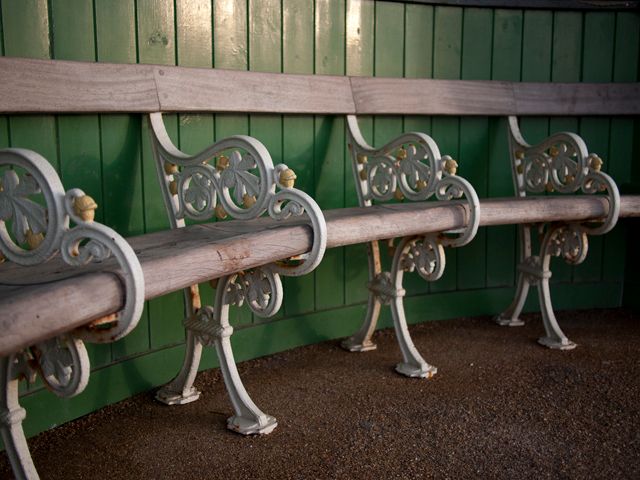
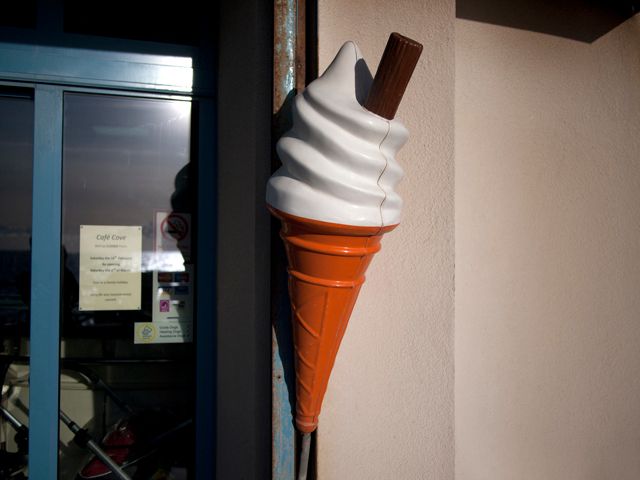
I recently visited one of our most maligned English seaside towns along with its smaller, lesser-known sibling. The famous town of Blackpool has a little brother 4 miles or so up the Fylde coast called Cleveleys, which I’d never been to. They make a good day out having different moods and complimentary attractions. For me Blackpool is like a city by the sea, it really is big and being linear, following the contour of the coast, would take a long time to traverse on foot. With a quarter of a million residents in its urban area and a huge transient population, Blackpool has a buzz. By contrast Cleveleys is tame and small, and its attractions are simpler, with visitor’s eyes directed towards the sea or along the new sculptural prom and sea defences.

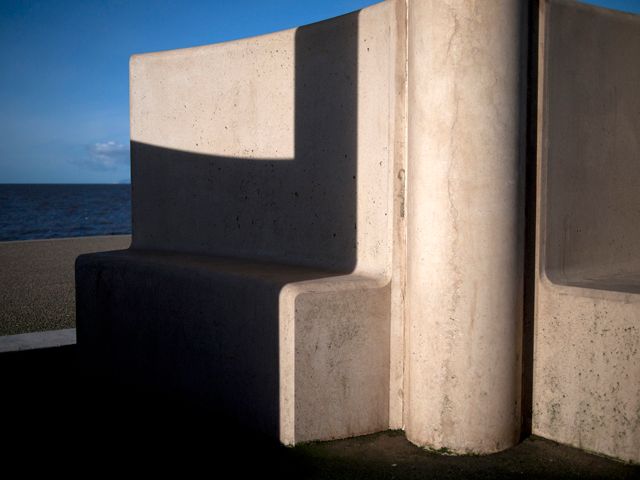
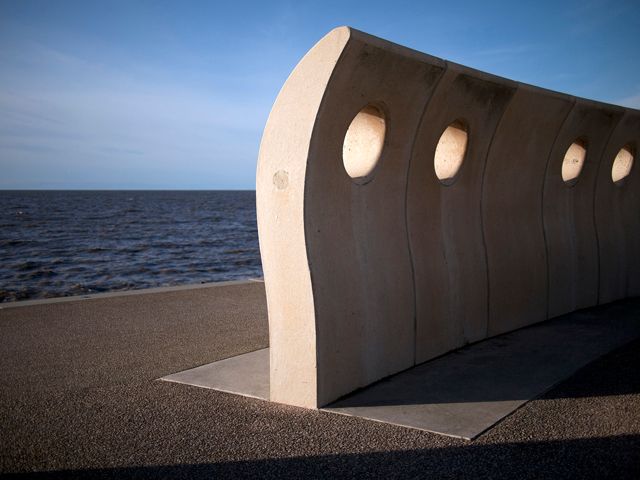
It makes perfect sense in my mind that Chris Lowe of the Pet Shop Boys is from Blackpool. Like their music, Blackpool is a mix of melancholy, nostalgia, longing, humour and excitement. Part of the lure of Blackpool is its confident yet conflicted personalities. On one hand it is a cheap party town with hoards of stag and hen parties parading through the main streets of town, best admired from a safe distance. Then on the other hand the pleasure beach is the most visited amusement park in the UK, with nearly 6 million visitors a year, aimed squarely at young families.
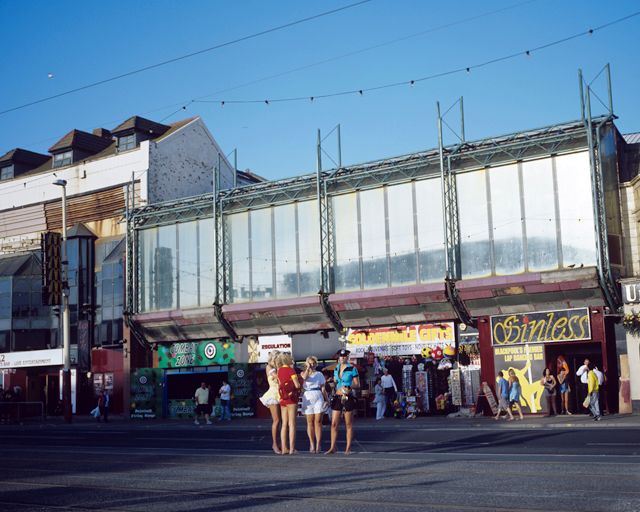

There is a large established gay population and a gay tourist industry centred around a gaggle of bars and clubs. The historic illuminations are sheer extravagant camp, designed to extend the summer season they run from the end of August to the beginning of November. It works too as it brings in an estimated 3 million visitors a year. If you’ve never seen them you need to visit, more than a million lamps running the length of the town is an awe-inspiring sight. Equally showy is Blackpool Tower, which was designed to be an Eiffel Tower replica, but actually about half the height. It is still very impressive and can be seen from miles around, especially from other coastal towns. It was a Victorian idea finished in 1894 and acts as an icon for the town.
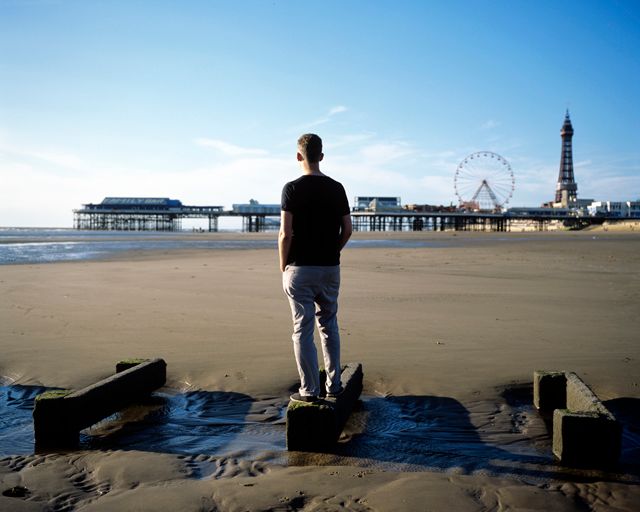
Blackpool’s rise in the nineteenth century is directly mapped to the rise of train travel, and as the lines were extended, the trains brought growing numbers of visitors in from all over the North of the United Kingdom. Likewise the decline of the British holiday resort can be directly linked to the rise of cheap flights, taking us off to reliable weather in warmer parts of Europe. Visitor numbers did more or less halve from the 1950’s to the 1990’s, but Blackpool is managing to engage people once more, and although we are more likely to go for the day than a week, there is a sense of reinvention about the place. The sea, previously almost ignored by the town, now seems much nearer thanks to cleverly designed steps spilling down from the prom. No one would want to replace the staple diet of fish, chips and mushy peas, however more contemporary feeling cafés and restaurants are appearing, offering alternatives. One of the most original and exciting of the new public art commissions along the front is the ambitious Comedy Carpet by artist Gordon Young, designed in collaboration with Why Not Associates. It is exactly what is says on the tin, a carpet of catch phrases and references to comedians old and new, perfectly sited between the Tower and the sea, like Blackpool itself, impossible to ignore.
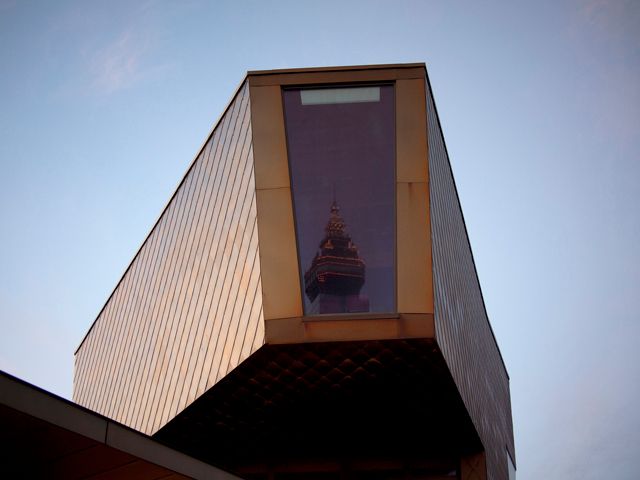
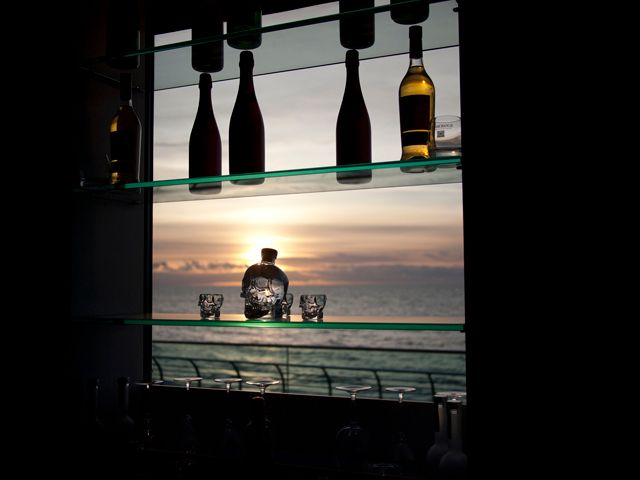
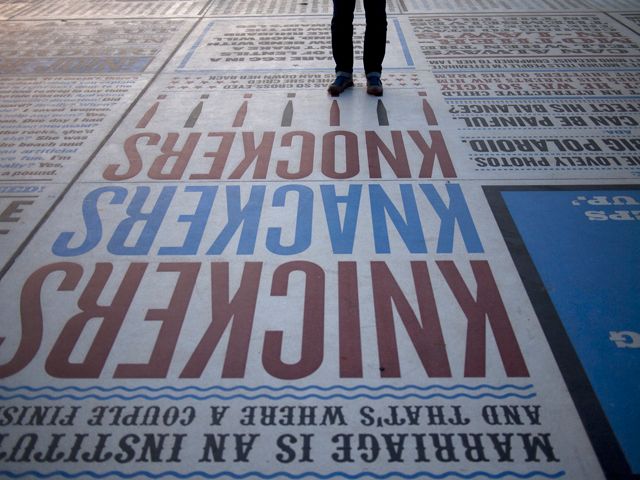
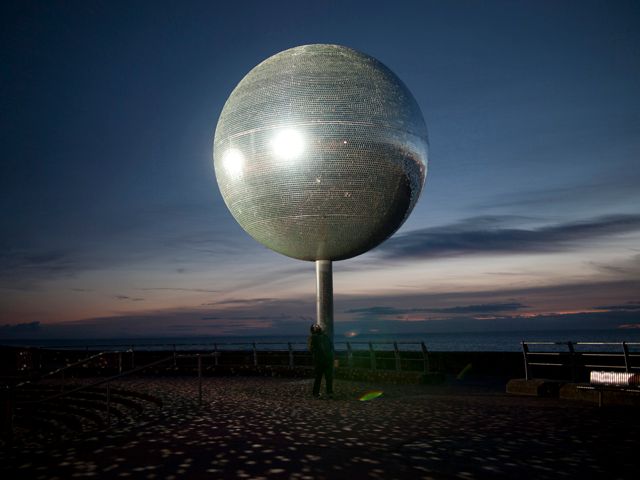
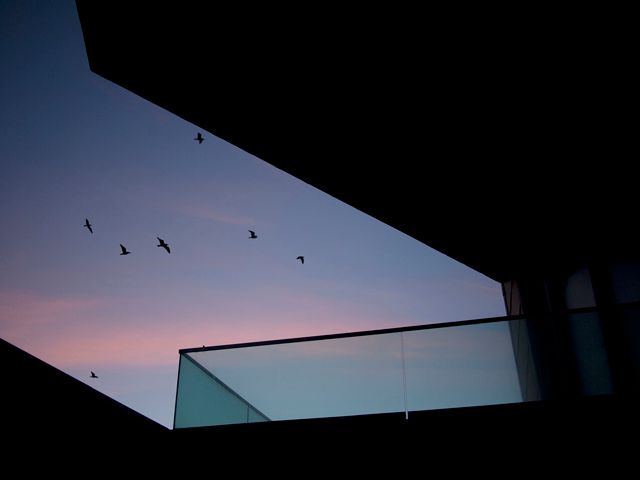
So if like me you need to flee the city every so often, Blackpool and Cleveleys offer a sense of escapism not easily matched and certainly a lot more than the hackneyed clichés of rock and kiss-me-quick hats. With any luck the more diverse the range of visitors to these historic seaside towns, the more momentum will build around the well-considered and creative redevelopment. Personally I’m still pretty happy with a walk up the beach followed by an ice cream and a shandy!
Get in touch with the author at @marcprovins and follow his blog.
Subscribe to our newsletter